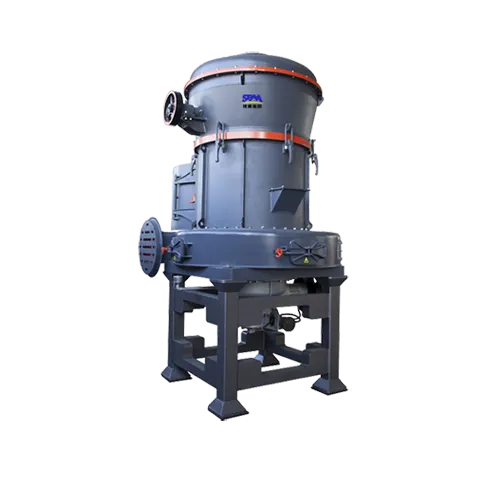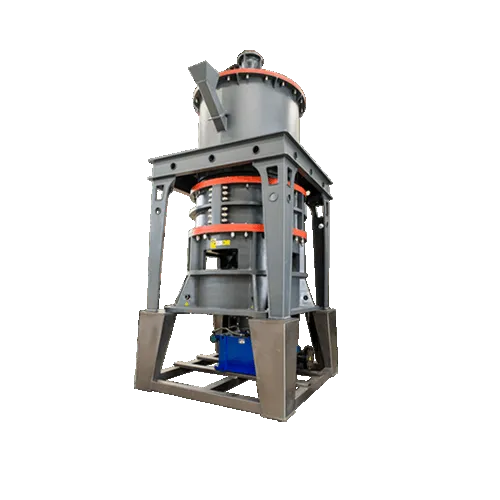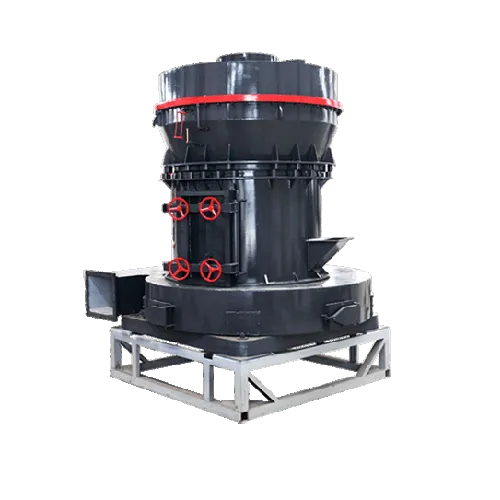Summary:The leading role of saggers for positive electrode materials is mullite. As a high-temperature structural ceramic material with excellent performance, mullite h
The leading role of saggers for positive electrode materials is mullite. As a high-temperature structural ceramic material with excellent performance, mullite has been widely used in the fields of metallurgy, construction and military industry, and is most commonly used as a refractory material. New refractory materials prepared from mullite are widely used in high-temperature equipment such as muffle furnaces, calciners, boilers, and rotary kilns. They have high melting points, uniform expansion, excellent thermal shock stability, high load softening points, and high-temperature creep values. Small size, high hardness, good chemical corrosion resistance and so on.
But the application of mullite is far more than that. It can be prepared into a special shape and used as a functional additive, which starts from the particularity of its structure.
The crystal structure of mullite is composed of alumina tetrahedron [AlO4] and silicon oxygen tetrahedron [SiO4] arranged along the c-axis to form double chains, and the double chains are connected by alumina octahedron [AlO6], which is easy to grow in a free growth environment. Growth is dominant along the c-axis, so needle-like mullite whiskers can be obtained by controlling the synthesis conditions. Whiskers have a small diameter and are difficult to accommodate the defects that often occur in large crystals. The atoms are highly ordered, so their strength is close to the theoretical value of a complete crystal. It is known as "the reinforcing material of the 21st century" and is used as a Reinforcing agent for material-based composite materials, which has outstanding effects.
Applications of Mullite Whiskers
For Toughening And Reinforcing Of Ceramics
At present, the most widely used application of mullite whiskers is to use its excellent mechanical properties to toughen and strengthen ceramic materials. The mechanisms of mullite whisker toughening and reinforcing ceramics mainly include three mechanisms: crack deflection or bifurcation, pull-out effect, and bridging effect. Whether the whiskers can play a toughening and reinforcing effect is closely related to the interface bonding state and physical and chemical compatibility of the whisker-ceramic matrix:
(1) The bonding force between the whisker and the substrate interface should be appropriate;
(2) The elastic modulus and thermal expansion coefficient of the whiskers should be as close as possible to or slightly larger than the ceramic matrix in order to reduce the shear stress at the interface, otherwise it will cause macroscopic cracks and deteriorate the mechanical properties of the composite material;
(3) Whiskers and matrix should try to avoid chemical reaction at the interface.
The traditional method of whisker-reinforced ceramics is to add pre-synthesized whiskers to the ingredients. However, the method of adding pre-synthesized mullite whiskers has disadvantages such as poor distribution uniformity of mullite whiskers and low whisker-matrix interface bonding strength. Therefore, the method of in-situ generation of mullite whiskers is generally adopted, which can effectively improve the mechanical properties of materials, especially the high-temperature flexural strength.
For Thermal Insulation
With the application of carbon dioxide, mullite-mullite-reinforced silica airgel materials have more and more characteristics of low conductivity and excellent mechanical properties in the thermal insulation field, but the fiber-coagulation field The relatively poor mechanical properties strictly limit the development and application of this material, and it needs to be explored.For filtration and adsorption materials
Mullite whiskers can also be used to prepare mullite whisker microporous filtration membranes for water and oil separation, and the growth of mullite whiskers can be controlled by changing parameters such as sintering temperature to obtain suitable porosity and pore size. At the same time, it can also be used to prepare mullite whisker-reinforced porous ceramics with low bulk density, low thermal conductivity, and good filtration properties. This composite porous ceramic has the characteristics of good stability, high recycling rate, and strong ion adsorption capacity.For polymer performance optimization
Mullite whiskers can also be used to optimize the performance of polymers. For example, the addition of mullite whiskers can help improve the friction stability of resin-based materials, but excessively high aspect ratios of whiskers will lead to increased wear rates. The best aspect ratio is about 14.
Other Uses
It is also possible to grow mullite whiskers in situ on the surface of the composite material with a ceramic coating, and the mullite whiskers can effectively improve the bonding strength of the coating interface and enhance the thermal shock resistance of the product.
Read More About



